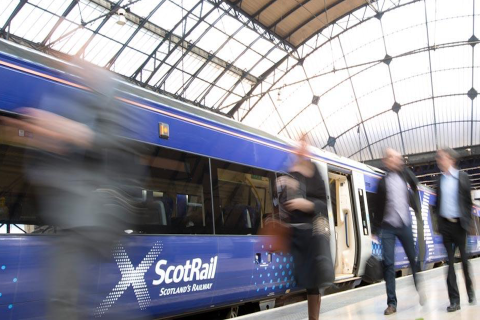Salzburg to get new express tram line

Jump off at Hauptbahnhof and speed away to the outer suburb of Hallein. That’s the future prospect for Salzburg commuters. The city is set to embark on a brand new high-speed tram line project. The so-named S-LINK has been approved by the Federal Ministry for Climate Action, Environment, Energy, Mobility, Innovation, and Technology. It will complement the city’s two existing lines and add 15 kilometres to the network.
The new tram line, to be operated by Salzburg Linien Verkehrsbetriebe under a 99-year concession agreement, will integrate into the existing 38-kilometre Salzburger Lokalbahn (SLB) network, which currently connects Salzburg to Lamprechtshausen. The S-LINK project is structured in four phases, with the first phase already greenlit by the Salzburg City Council in December 2020.
Civil engineering challenges
The initial phase is likely to be the biggest upheaval. It involves constructing a one-kilometre double-track underground section extending from Salzburg Central Station to Mirabellplatz, east of the city centre. Preparatory work, including utilities surveys and traffic management, is scheduled to commence this year. Construction should begin in 2025. This phase is projected to be completed by 2028. The city has been undertaking an extensive consultation process, engaging with stakeholders across the region.
There is still some planning and preparation to be completed for the remaining phases. This will focus on determining the optimal route and stop locations. Already known civil engineering challenges include two crossings of the Salzach River under the historic old town, extending to park-and-ride sites near the Autobahn at Salzburg-Süd and Neu-Anif. From there, the tram will run on the surface to Hallein, providing an interchange with the mainline railway. The project is just one among a raft of light rail and tram projects in European cities, notably Paris Lille and Edinburgh.
Nine million visitors
The entire project has a ten-year schedule, with the line expected to be operational by 2034. The project is estimated to cost between 1.98 and 2.84 billion euros, depending on the final route selection. The Austrian federal government has pledged to cover half of the capital costs, while Salzburg city will contribute 25 per cent.

The S-LINK project is poised to alleviate the pressure on Salzburg’s public transport system, particularly during peak hours. With approximately 60,000 people commuting to Salzburg daily for work and study and an annual influx of around nine million tourists, the new high-speed tram line is needed as soon as possible.




